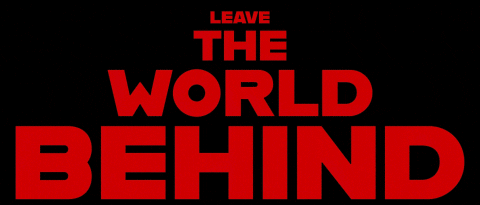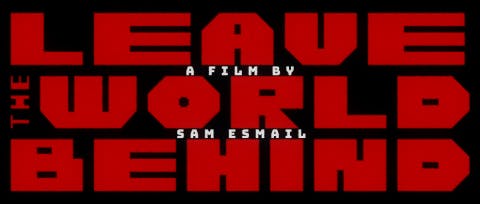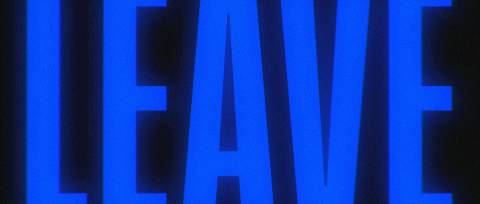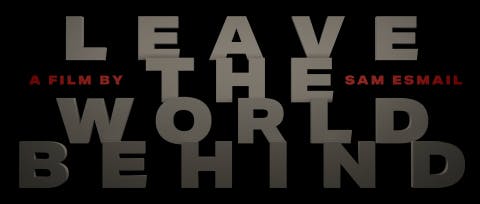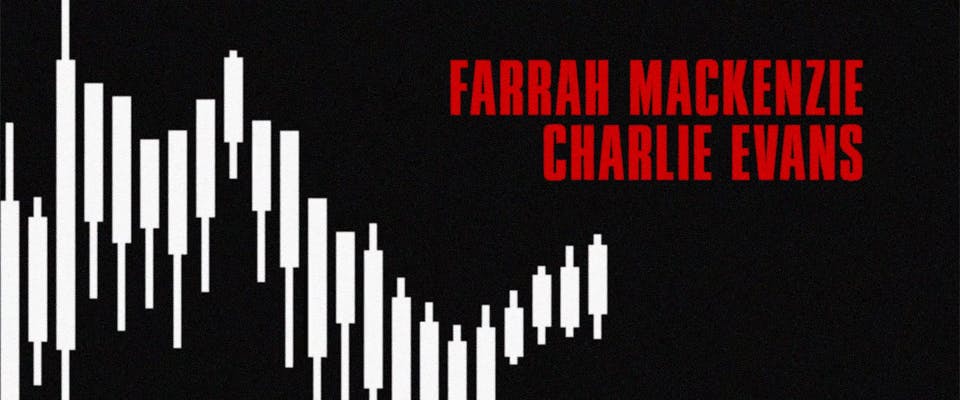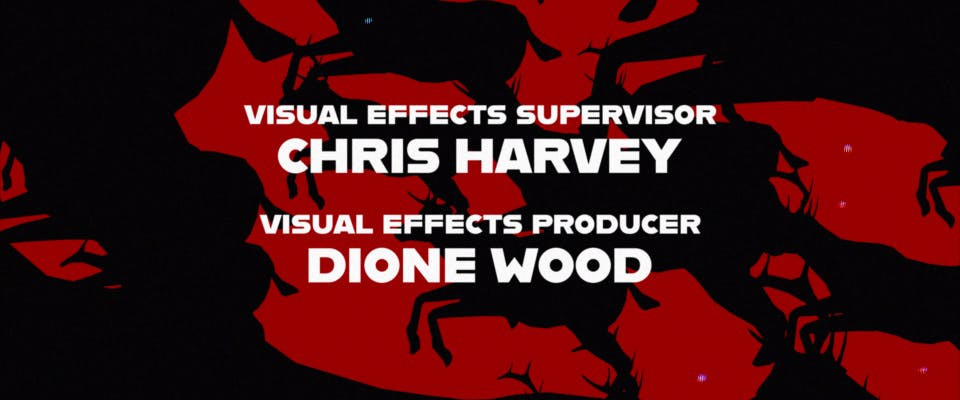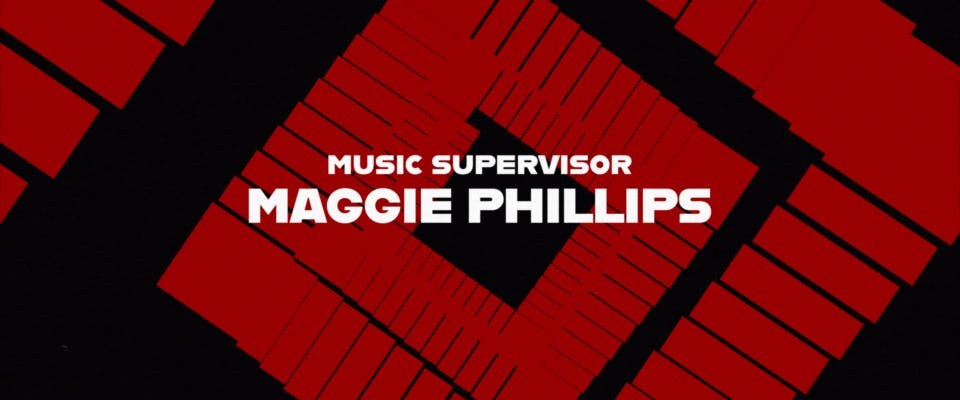Get the brief
After screening an early version of the film, which already had the exact placement, timings, and music for the sequence in place (courtesy of editor Lisa Lassek), director Sam Esmail gave us a brief that left us excited, focused, and just the right amount of anxious – in other words, inspired! Essentially, much like the music track (THE REV3NGE, by Joey Bada$$), the titles needed to be bold, aggressive, and a little bit punk, promising the audience that what lay in store for them would be… well, the end-times.
Hitchcock's philosophy was to keep characters unaware of impending harm while revealing it to the audience at the beginning of a scene, creating suspense. In essence, this title sequence is the metaphorical ‘loaded gun” we show the audience at the beginning of the film.
– Jarik van Sluijs, Creative Director
Oh yes, naturally, Saul Bass came up.
With a film that is heavily influenced by the work of Alfred Hitchcock and, in some cases, pays direct homage to scenes and shots from films such as North By Northwest, Psycho, and Strangers on a Train, you can't be surprised when the director mentions Saul Bass' work. That said, as a designer, you usually need to be careful when directly referencing Bass' work, lest it devolve into full-on plagiarism. However, this film, more than any other we've worked on, gave us permission to explore and touch upon Bass' work in the same way the film touches upon Hitchcock's.
The titles of three other films also came up: Pulp Fiction, Enter The Void, and Panic Room (Itself an homage to the titles of Hitchcock's North by Northwest). They were all instructive in how we dealt with the title card, its size, and its sense of perspective.







